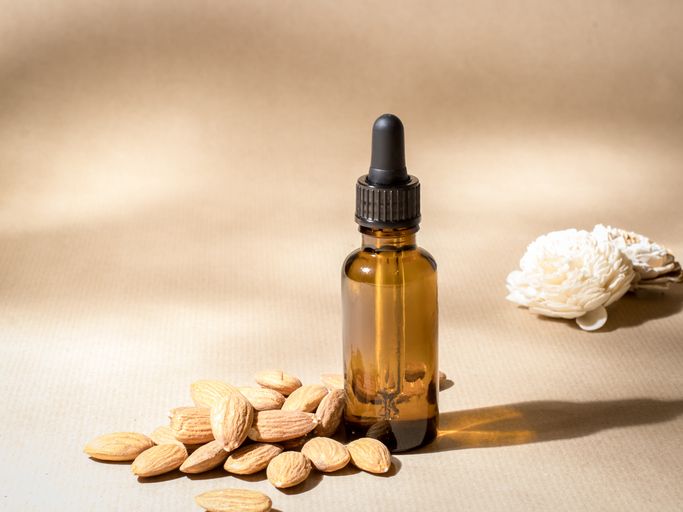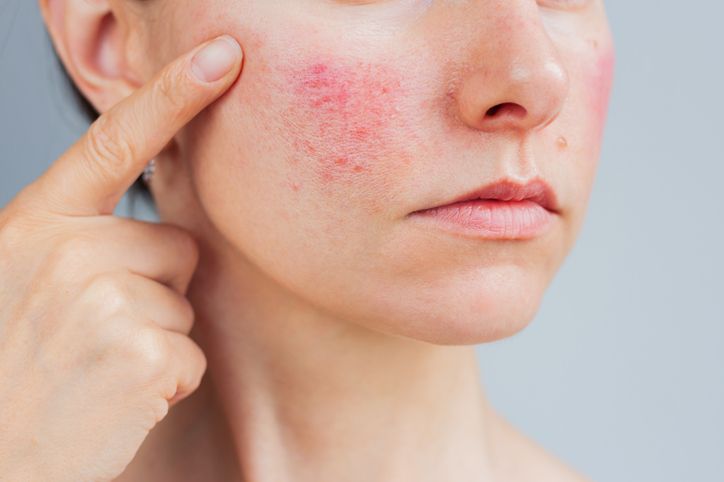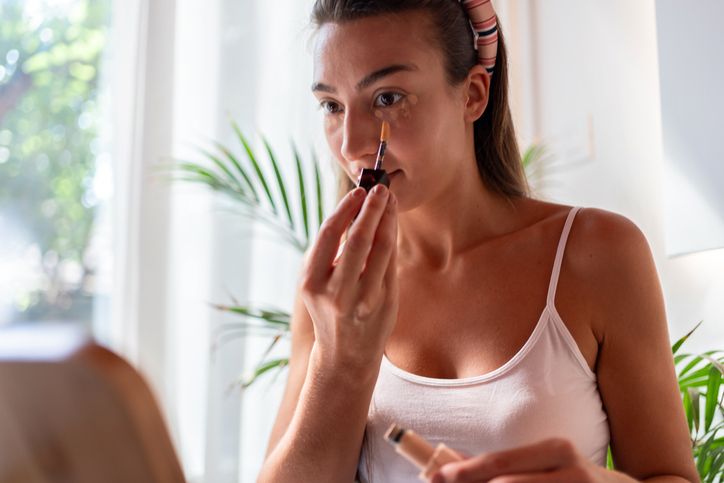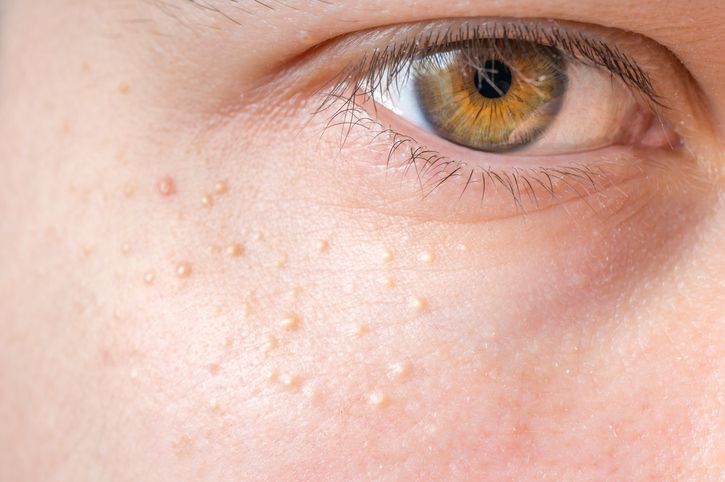- Home
- Trend
- Weight Loss Strategies
- Acne Tips
- Hair Health Information
- Blemish Removal Tips
- Acne Scar Removal Tips
- Muscle Building Techniques
- Intimate Care Tips
- Postpartum Intimate Care
- Eye Bags Wiki
- Tips for Face Slimming
- Secret of Permanent Hair Removal
- Breast Enlargement Tips
- Cure to Snoring
- Marionette Lines
- Skin-Tightening Secrets
Hair quality deterioration is a common modern-day issue, especially among women who often feel anxious about dry, brittle, or lifeless hair. After all, our hairstyle is like our second face — it plays a huge role in maintaining our overall appearance. As our lifestyles evolve with civilization, so do the environmental pollutants around us. From chemical exposure to modern habits, many factors could be damaging your hair.
If you're hoping to restore your hair health, this article is a must-read! We'll cover how to self-check for early signs of hair deterioration and reveal five expert-recommended care tips to get your hair back on track.
What Does Truly Healthy Hair Look Like?
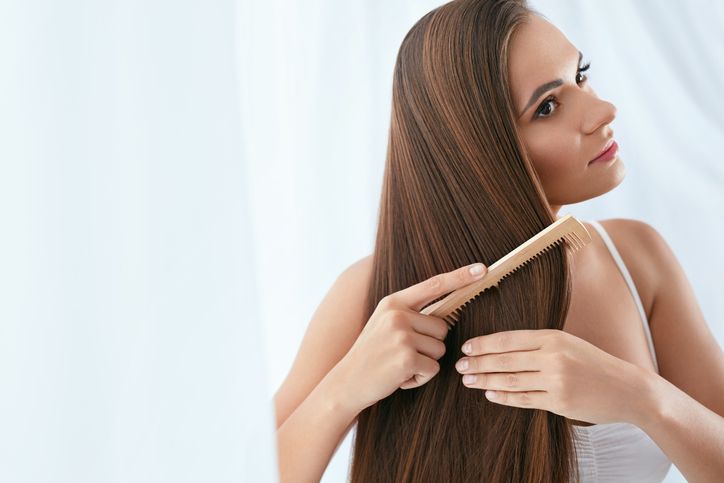
Visibly healthy hair should be glossy, richly black (or vibrant in its natural color), and smooth like silk — gliding effortlessly through a brush without breakage. Resilient strands should be bouncy, strong, and resistant to shedding. But good hair quality isn’t just about the strands themselves — it’s closely tied to scalp health. When your scalp's metabolism and oil-moisture balance are functioning properly, it sets the foundation for growing strong, healthy new hair.
To check your hair quality at home, grab a small section of hair and gently tug it outward. If it feels silky smooth and tangle-free, that means your hair is still relatively undamaged. After brushing, also observe whether you're losing strands — a few fallen hairs are normal, but if large clumps are coming out, it could be a red flag for hair loss and time to take action.
Why Does Hair Quality Deteriorate?
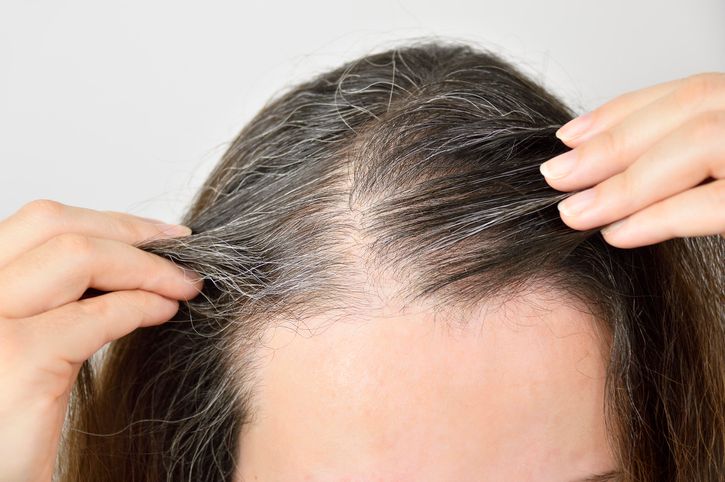
We'll go into lifestyle factors in the next section, but first, let's take a look at what happens scientifically when hair begins to deteriorate. The outer layer of our hair — the cuticle — is usually tightly closed when healthy. But daily activities like shampooing and blow-drying can cause the cuticles to lift. While this is a natural and reversible process, issues arise when the cuticle doesn’t reseal properly. In this state, the inner moisture and nutrients begin to escape, leaving strands dry, frizzy, and lifeless. Without proper care, your hair can no longer retain the moisture and shine that signal true health.
免費體驗
F8 Hair Regrowth Treatment
1 Minute Self-Registration
Date should not be before minimal date
Can Poor Hair Quality Lead to Hair Loss?
Absolutely. Poor hair quality isn’t just an aesthetic concern — if neglected over time, it can eventually lead to hair loss. As mentioned, hair is rooted in the follicles on your scalp. When your scalp is in poor condition — whether it’s overly oily, excessively dry and sensitive, or struggling to absorb nutrients — hair loss becomes more likely. If the issue isn't addressed early, blocked follicles can shrink and close, stopping new hair from growing altogether. At that point, hair is falling out faster than it's growing back, leading to chronic or pathological hair loss.
6 Common Signs Your Hair Quality Is Declining
1. Hairstyles Don’t Last
Many of us love switching up our hairstyle, but if your hair can't hold a style — be it curls, straightening, or color — it may be due to damage. Ever had your hair styled at a salon only to watch it fall flat in just a few hours? Straight hair becomes frizzy, curls lose their bounce, and color fades faster than expected. These are signs your hair's structural integrity is compromised. Damaged cuticles, insufficient nutrients, and rapid dye fading all contribute to unmanageable, style-resistant hair.
2. Hair Feels Thin and Limp
If your hair feels finer and softer than before, it might not be a good sign. While some people wish for smoother hair, ultra-soft strands may actually indicate thinning from the root. When hair becomes too fine, it struggles to anchor itself in the scalp, making it more prone to falling out. Over time, hair loss can accelerate.
3. Flat, Lifeless Hair
Hair that looks thinner or lies flat against your scalp isn't always a one-day issue. Try running your fingers along the back of your head — if your hair feels noticeably flat or sparse, that could signal weakening strands. This is often connected to limp hair that lacks volume, giving the illusion of a larger face and thinning hair.
4. Oily Scalp Imbalance
One key to a healthy scalp is balanced oil production. If you notice your scalp becomes greasy just a few hours after washing — especially if you have bangs that start to separate or clump — you may be dealing with an overactive scalp. Like facial skin, the scalp needs proper oil and moisture balance. Without adequate hair care, moisture and nutrients quietly escape, making the scalp oilier and the hair greasier, no matter how often you wash.
5. Frizzy, Dry Ends and Lack of Shine
One of the most obvious signs of poor hair quality is frizz, especially at the ends. Hair that’s prone to breakage, split ends, or tangles often lacks shine and makes you look tired or unkempt. When the cuticle layer is damaged, hair loses its smooth surface and can appear rough, dry, and dull — leading to brittle ends and even breakage.
6. Hair Loss
All of the above symptoms eventually point to one major issue: hair loss. When your hair quality begins to drop, your body is warning you that your scalp and strands are no longer healthy. If your follicles can’t absorb nutrients or remove toxins, your hair growth cycle will be disrupted, leading to increasingly weak, thin, or sparse strands.
What’s Really Causing Hair Damage? These 4 Everyday Habits Could Be to Blame
1. Frequent Hair Treatments
While styling your hair can boost your confidence, overdoing chemical treatments like bleaching, dyeing, and perming can overwhelm your scalp. The alkaline chemicals used in salons can be harsh on both hair and skin. Experts recommend limiting chemical hair treatments to just 1–2 times per year to reduce the risk of long-term damage from chemical buildup.
2. Improper Washing and Care Routines
Every step — from washing and drying to brushing and conditioning — requires proper technique. Common mistakes like scratching your scalp with nails, aggressively towel-drying hair, leaving it wet for too long, or sleeping with it tied up can all contribute to poor hair quality. These everyday habits, though often overlooked, can do serious damage over time.
3. Inadequate Cleansing
Washing your hair too infrequently — especially with long hair — allows oil and dirt to build up, even if you're using a powerful shampoo. However, that doesn’t mean you should blindly choose harsh shampoos. Everyone’s scalp has a different pH level, ranging from 4.5 to 6.5. People with oily scalps often fall below 4.5 and may benefit from neutral shampoos with a pH above 7 to balance sebum production.
4. Environmental Exposure
Hair isn’t just damaged by salon chemicals — everyday environmental stressors can be just as harmful. Whether it’s air pollution, harsh UV rays, or heat from styling tools, these factors lift the cuticle layer, allowing moisture to escape and causing dryness. This is one of the main culprits behind the widespread problem of poor hair quality today.
免費體驗
F8 Hair Regrowth Treatment
1 Minute Self-Registration
Date should not be before minimal date
Hair Experts Recommend: 5 Golden Hair Care Tips for Bleached, Dyed, and Permed Hair—Each Step Is Essential!
1. Multiple Styling Elements? Perm First, Then Dye!
For those who need to incorporate multiple styling elements, experts recommend perming first, then dyeing. The principle behind perming is to restructure the hair to achieve ideal straight or curled shapes. If you dye your hair first and perm it afterward, the color particles will be lost in the process, leading to poor color retention and a quick fade to a waxy yellow tone. By perming first and then dyeing, the color particles are introduced after the hair's structure has been reorganized, minimizing the impact on color and significantly extending the durability of the hairstyle.
2. Adjust Styling Order
This point refers to adjusting the styling order and differs from the first point. If possible, it is better to avoid performing bleaching, dyeing, and perming at the same time. Experts recommend perming first, then waiting 1 to 2 weeks before dyeing. Once the hair cuticles have stabilized, introduce the color particles. This allows the color to last longer and prevents premature fading, and it gives you extra time for proper hair care in the meantime.
3. Use Weakly Acidic Hair Care Products
Experts also suggest using weakly acidic hair care products within the first week after bleaching, dyeing, or perming. The chemical damage hair undergoes during these processes is more extensive than we often realize. Weakly acidic products help restore the pH balance that is disrupted by chemical treatments. Studies show that regular use of such products can help maintain healthy hair follicles.
4. Regular Deep Cleansing
Deep cleansing of the scalp is necessary not only for those who bleach, dye, or perm their hair but for everyone. Scalp exfoliation products are becoming more popular, and it's easy to see how important they are for maintaining a balance between oil and moisture. Regular use of these products helps clear blocked hair follicles caused by excess sebum and toxins, resulting in a fresher scalp and thicker, voluminous hair. It also reduces the likelihood of hair loss.
5. Avoid Heat Damage as Much as Possible
After bleaching, dyeing, or perming, your hair and scalp require extra care, especially when the hair is wet, as it is most fragile during this time. When drying your hair, avoid rubbing it with a towel; instead, use a gentle blotting or patting motion to absorb moisture. When blow-drying, manage the heat and airflow to minimize the amount of heat damage. This helps the hair cuticles naturally close and protects the hair from further damage.
The Key to Perfect Hair: You May Need to Change These Misconceptions!
Misconception 1. You Don’t Need to Be Picky About Shampoo
Shampoo is often seen as a mundane daily product, and many people believe that any shampoo that cleans well is fine. However, shampoos should be chosen based on your hair and scalp type. For example, if you have a sensitive scalp and oily hair, it’s best to use a mild, neutral shampoo with a pH of around 5.5.
Misconception 2. Hair Care Products Are Just a Marketing Gimmick
Many people think hair care products like conditioners, hair masks, and serums are just overpriced items that are not truly effective. In reality, these products are not just marketing traps. By checking their nutritional ingredients and ensuring they are gentle and nourishing, they can significantly improve hair health.
Misconception 3. Hair Color Fading Quickly Is Inevitable
For those who love dyeing their hair, hair color fading quickly might be due to using the wrong shampoo. Although hair treatments satisfy our aesthetic needs, proper aftercare is equally important. For example, if you use regular shampoo after dyeing, color fading is inevitable. Switching to a color-preserving shampoo helps retain color particles and slow down fading, ensuring your hair stays vibrant for longer.
Misconception 4. Scalp Exfoliation Is Unnecessary
Scalp exfoliation is a necessary part of hair care, even though the scalp’s metabolic rate is fast. There will inevitably be buildup of dead skin cells and oil that can cause an unpleasant odor. Scalp cleansing products come in handy for this. Beginners can start with gentle scrubs that don’t contain coarse salt, which will help relax the scalp while keeping it clean.
The Key to Healthy Hair: Perfect Medical’s F8 Hair Regrowth Treatment, a Comprehensive Solution for Damaged Hair and Hair Loss!
Tired of dealing with hair quality issues affecting your appearance? Looking for a fast, effective, and convenient solution? We recommend Perfect Medical's F8 Hair Regrowth Treatment! Don’t be intimidated by medical aesthetics—this treatment is completely pain-free, non-invasive, and doesn’t require any surgery or injections. It significantly improves both hair quality and volume, enhancing the hair growth process with noticeable results after just a few sessions!
F8 Hair Regrowth Treatment uses non-invasive technology with low-level medical-grade lasers evenly distributed over the scalp, stimulating hair follicles and improving their health. It revitalizes the hair growth cycle, leading to visible improvements in both new and existing hair. Your hair will become shiny, strong, and smooth without frizz, flatness, oiliness, or damage! The treatment requires no recovery time, and you can ask our professional team any questions; we guarantee no side effects! Sign up now for a free scalp analysis + F8 Hair Regrowth Treatment. Like our Facebook page, and receive a free laser hair growth comb! Limited spots available, first come, first served. Don’t miss this rare opportunity!
Book Today: Perfect Medical F8 Hair Regrowth Treatment免費體驗
F8 Hair Regrowth Treatment
1 Minute Self-Registration
Date should not be before minimal date
FAQ

What happens if hair quality worsens?
Hair becomes brittle, split, tangled, soft, and yellow—these are all signs of unhealthy hair.
How to fix damaged hair?
The most direct method is to cut the hair short. If that doesn’t help, you’ll need to supplement with amino acids and proteins, and moisturize frequently for noticeable improvement.
Does dyeing hair damage it?
If the dye contains harmful chemicals, it can lead to frizzy, plastic-like hair.
What nutrients help improve hair quality?
Eat foods rich in protein, vitamins A and C, Omega-3 fatty acids, selenium, and zinc.
Can petroleum jelly be applied to hair?
A small amount of petroleum jelly can help lock in moisture, but excessive use will make the hair greasy.






